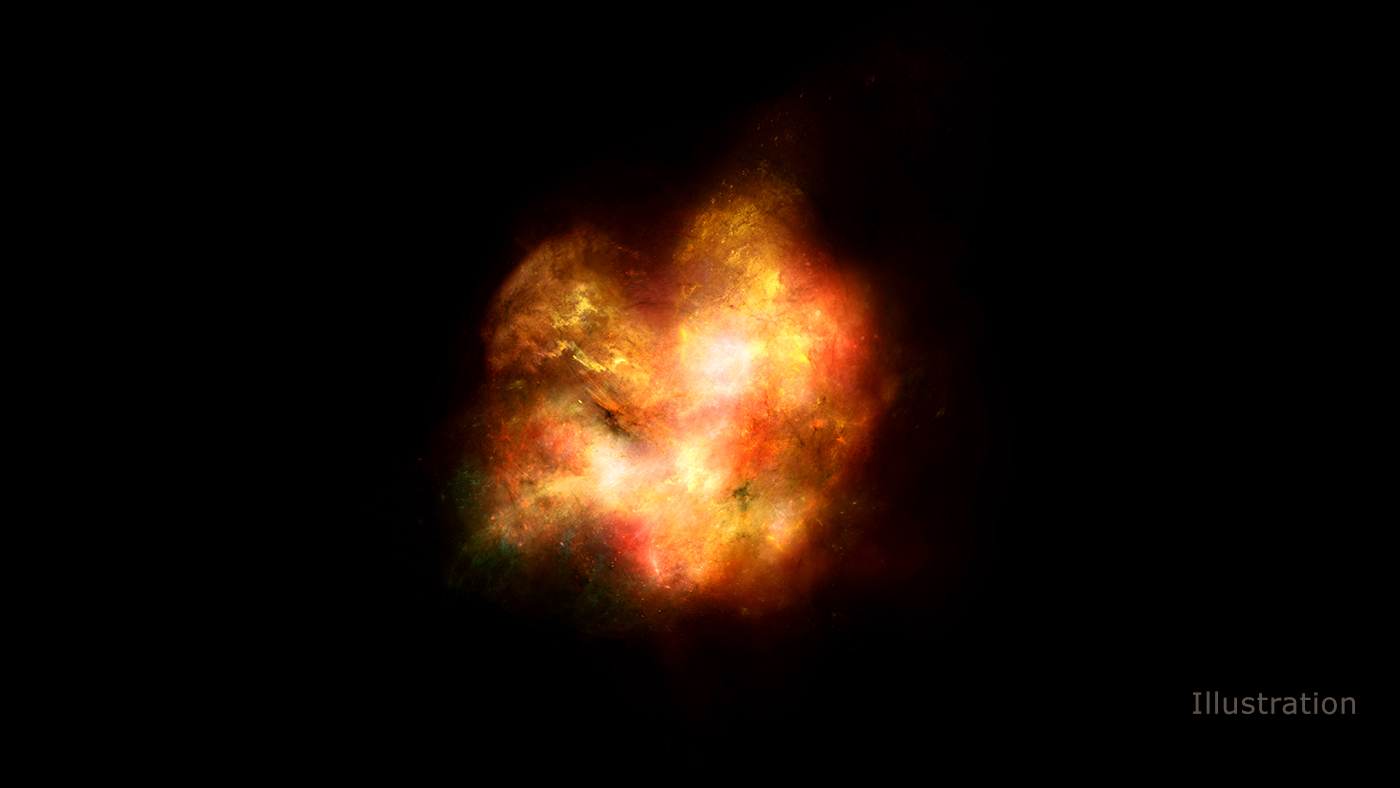
Observations from NASA’s Spitzer Space Telescope have shown the earliest galaxies in the universe were brighter than previously thought, shedding light onto the way that the universe evolved.
The new study has revealed that the earliest galaxies formed in our universe were much brighter than galaxies are today. This enhanced brightness was specific to certain wavelengths of infrared light, but it applied to a large number of galaxies in this early period of less than 1 billion years after the Big Bang.
“We did not expect that Spitzer, with a mirror no larger than a Hula-Hoop, would be capable of seeing galaxies so close to the dawn of time,” Michael Werner, Spitzer’s project scientist at NASA’s Jet Propulsion Laboratory in Pasadena, California, said in a statement. “But nature is full of surprises, and the unexpected brightness of these early galaxies, together with Spitzer’s superb performance, puts them within range of our small but powerful observatory.”
The findings give more information about a period of transition in the early universe called the Epoch of Reionization. This was the time at which the smooth substance of the universe, called the intergalactic medium, began to form into the first luminous sources such as stars, galaxies, and quasars. Before this, light struggled to cross space as is was blocked by the hydrogen, so the universe was generally opaque.
This change happened between 100 million and 200 million years after the Big Bang, and scientists are still not quite sure what caused the birth of the earliest stars. At some point the hydrogen gas that made up the intergalactic medium began to coalesce into stars, which then formed galaxies. This is known as reionization because electrons were stripped away from the hydrogen, forming hydrogen ions.
“These results by Spitzer are certainly another step in solving the mystery of cosmic reionization,” Pascal Oesch, an assistant professor at the University of Geneva and a co-author of the study, said in the same statement. “We now know that the physical conditions in these early galaxies were very different than in typical galaxies today. It will be the job of the James Webb Space Telescope to work out the detailed reasons why.”
The findings are published in the journal Monthly Notices of the Royal Astronomical Society.



